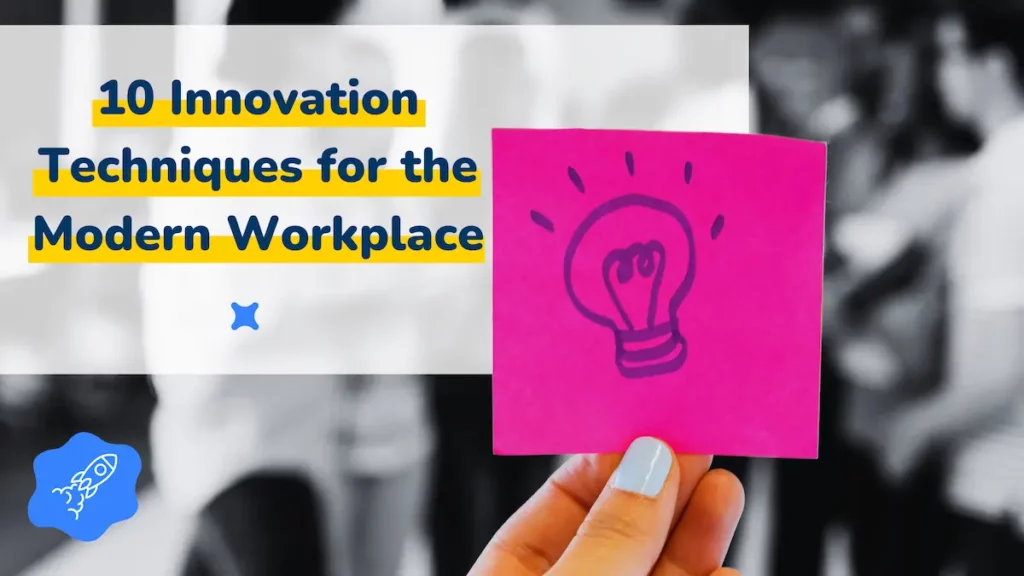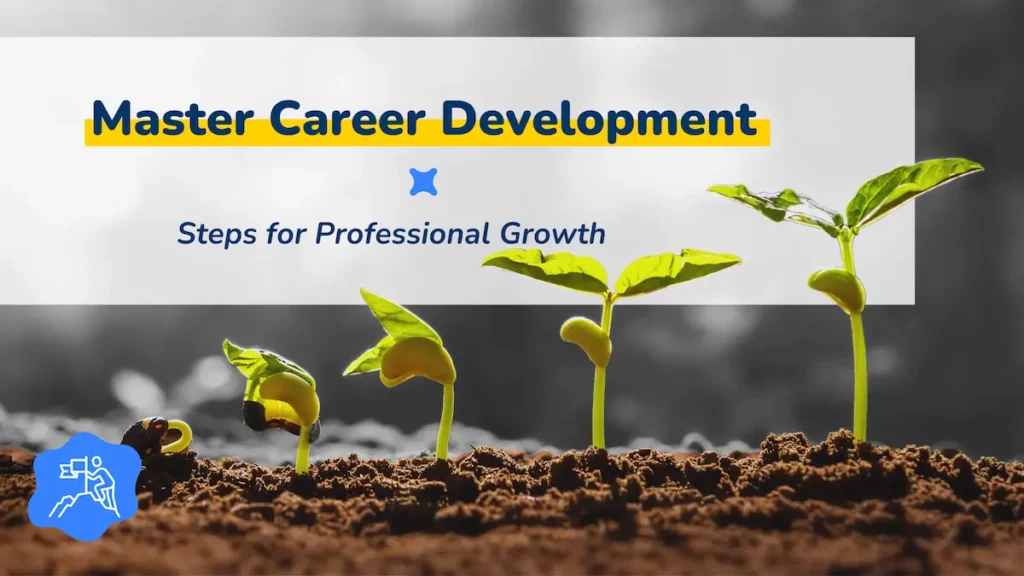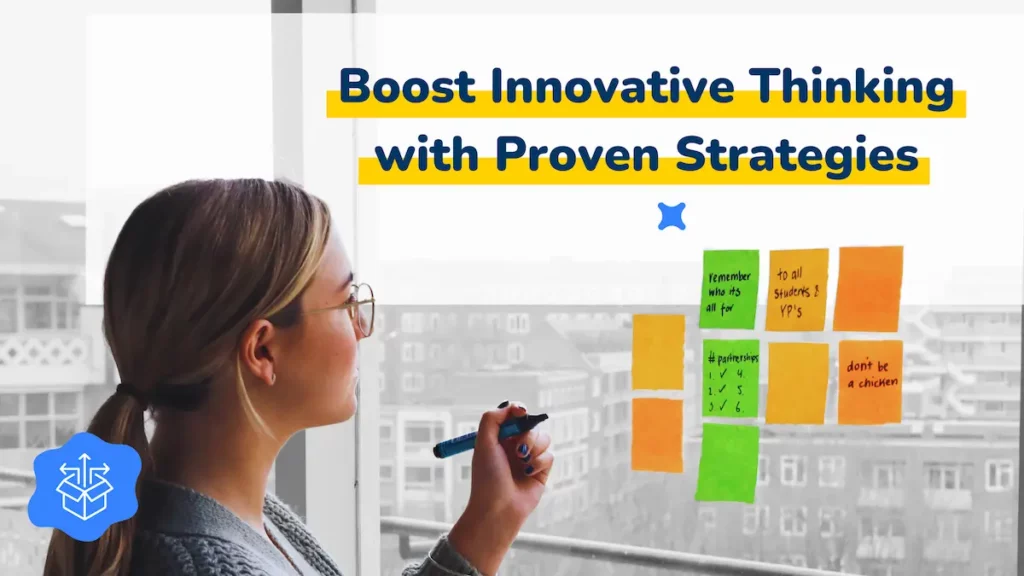Workplace innovation is crucial for modern businesses, fueling growth, competitiveness, and sustainability. To nurture a culture of innovation at work, it’s essential to create an environment where creativity can thrive and employees feel empowered to explore and take risks. This guide outlines strategies, tools, and best practices to help your organisation cultivate innovation.
Understanding the Importance of Workplace Innovation
Innovation goes beyond new products or services; it includes process improvements, new business models, and a dynamic workplace culture. Companies that focus on innovation tend to excel in today’s fast-paced business world. Innovation enhances efficiency, boosts employee satisfaction, and strengthens market position.
Benefits of Workplace Innovation
- Enhanced Problem-Solving: Innovative environments foster creative thinking, leading to more effective solutions.
- Employee Engagement: Employees feel more valued and engaged in a creative setting.
- Competitive Advantage: Continuous improvement and adaptation help companies stay ahead of competitors.
- Increased Productivity: New technologies and streamlined processes can significantly boost productivity.
Creating an Innovative Work Environment
Building a conducive environment for innovation requires careful planning. Here are some key elements:
Leadership and Vision
Leadership plays a pivotal role in fostering innovation. Leaders should:
- Encourage Open Communication: Establish channels for employees to share ideas and feedback without fear.
- Set Clear Goals: Define innovation for your organisation and set measurable goals.
- Provide Resources: Ensure teams have the necessary tools, time, and funding for innovative projects.
Building a Collaborative Culture
Collaboration is essential for innovation. To promote it:
- Promote Cross-Functional Teams: Encourage different departments to work together.
- Facilitate Knowledge Sharing: Use platforms and meetings to share insights across the organisation.
- Celebrate Diversity: Embrace diverse perspectives to boost creativity and problem-solving.
Encouraging Risk-Taking and Experimentation
Innovation involves trial and error. Encourage risk-taking by:
- Accepting Failure: View failures as learning opportunities.
- Rewarding Innovation: Recognise employees who contribute innovative ideas, regardless of outcome.
- Providing Safe Spaces: Create labs or hubs where employees can experiment without immediate pressure.
Continuous Learning and Development
A commitment to continuous learning fosters a growth mindset. Encourage development through:
- Training Programs: Offer regular training on new technologies, methodologies, and creative thinking.
- Mentorship: Pair employees with mentors to guide their innovative efforts.
- Access to Resources: Provide books, online courses, and seminars on innovation and industry trends.
Implementing Tools and Technologies for Workplace Innovation
Using the right tools can enhance your innovation efforts. Essential tools include:
Idea Management Software
Capture, evaluate, and prioritise ideas with software like:
- IdeaScale: Facilitates idea collection and collaboration.
- BrightIdea: Manages innovation from idea submission to implementation.
Collaboration Platforms
Enhance collaboration with tools like:
- Slack: Provides a platform for team communication.
- Microsoft Teams: Integrates with Office 365 for seamless teamwork.
- Trello: Helps teams organise and prioritise projects.
Data Analytics
Use data analytics to identify trends and opportunities:
- Google Analytics: Provides insights into customer behaviour.
- Tableau: Visualises data to uncover insights.
- IBM Watson Analytics: Uses AI to analyze complex data.
Case Studies of Successful Workplace Innovation
Examining successful case studies can offer valuable insights:
- Google’s 20% Time Policy: Allows employees to spend 20% of their time on passion projects, leading to innovations like Gmail and Google Maps.
- 3M’s 15% Rule: Encourages employees to spend 15% of their time on experimental projects, resulting in products like Post-it Notes.
- Atlassian’s ShipIt Days: Quarterly events where employees work on any project for 24 hours, fostering creativity and significant product improvements.
Measuring and Sustaining Innovation in the Workplace
To sustain innovation, measure its impact and make necessary adjustments:
- Innovation ROI: Determine the financial impact of innovation projects.
- Employee Engagement: Use surveys to gauge engagement and satisfaction with innovation initiatives.
- Idea Implementation Rate: Track the number of ideas generated versus implemented.
- Market Impact: Measure the effect of innovations on market share, customer satisfaction, and business growth.
Cultivating a culture of innovation in the workplace requires leadership commitment, a collaborative environment, a willingness to take risks, and continuous learning. By implementing these strategies and leveraging the right tools, organisations can foster a culture of innovation that drives long-term success and competitiveness. Focus on these key areas to boost productivity, engagement, and ensure a competitive edge in the marketplace.
FAQs
What are the key elements of an innovative work environment?
Creating an innovative work environment involves strong leadership, a collaborative culture, encouragement of risk-taking, and continuous learning.
How can leaders encourage innovation?
Leaders can encourage innovation by promoting open communication, setting clear goals, and providing necessary resources.
Why is collaboration important for innovation?
Collaboration brings diverse perspectives together, leading to creative problem-solving and more effective solutions.
What tools can enhance workplace innovation?
Tools such as idea management software, collaboration platforms, and data analytics can significantly enhance workplace innovation.
How can companies sustain innovation over time?
Companies can sustain innovation by measuring its impact, encouraging continuous learning, and adapting their strategies based on feedback and results.
What are some examples of successful workplace innovation?
Examples include Google’s 20% Time Policy, 3M’s 15% Rule, and Atlassian’s ShipIt Days, all of which encourage employee creativity and experimentation.








